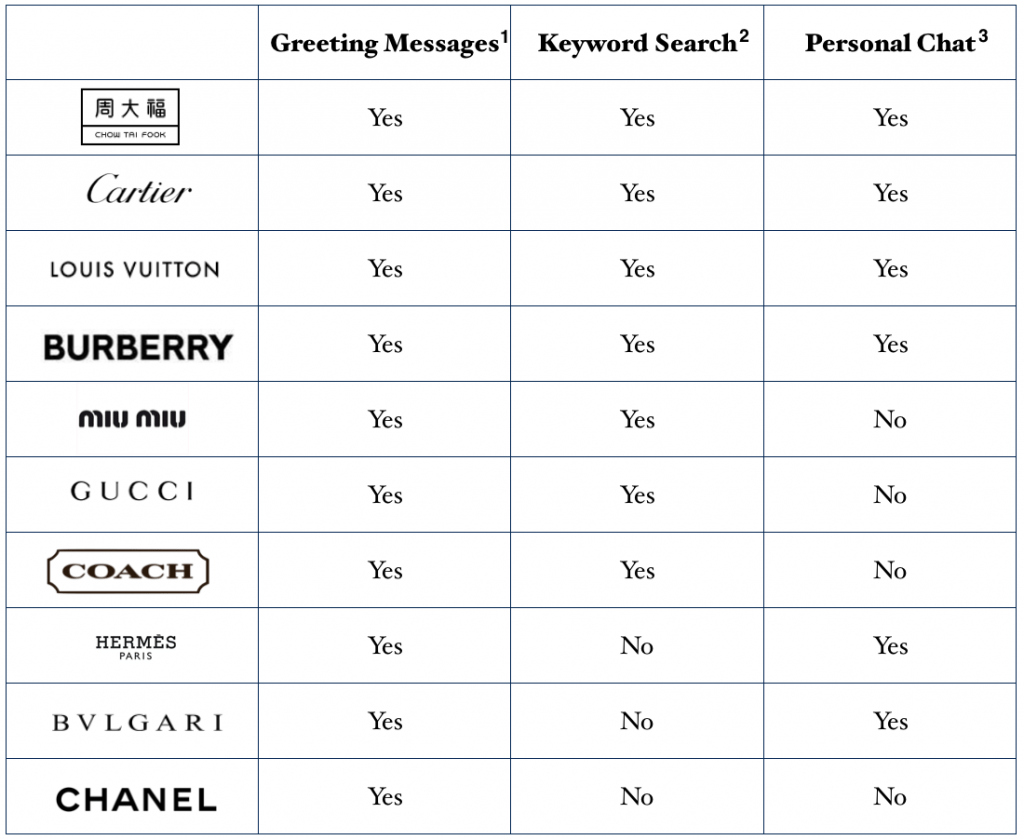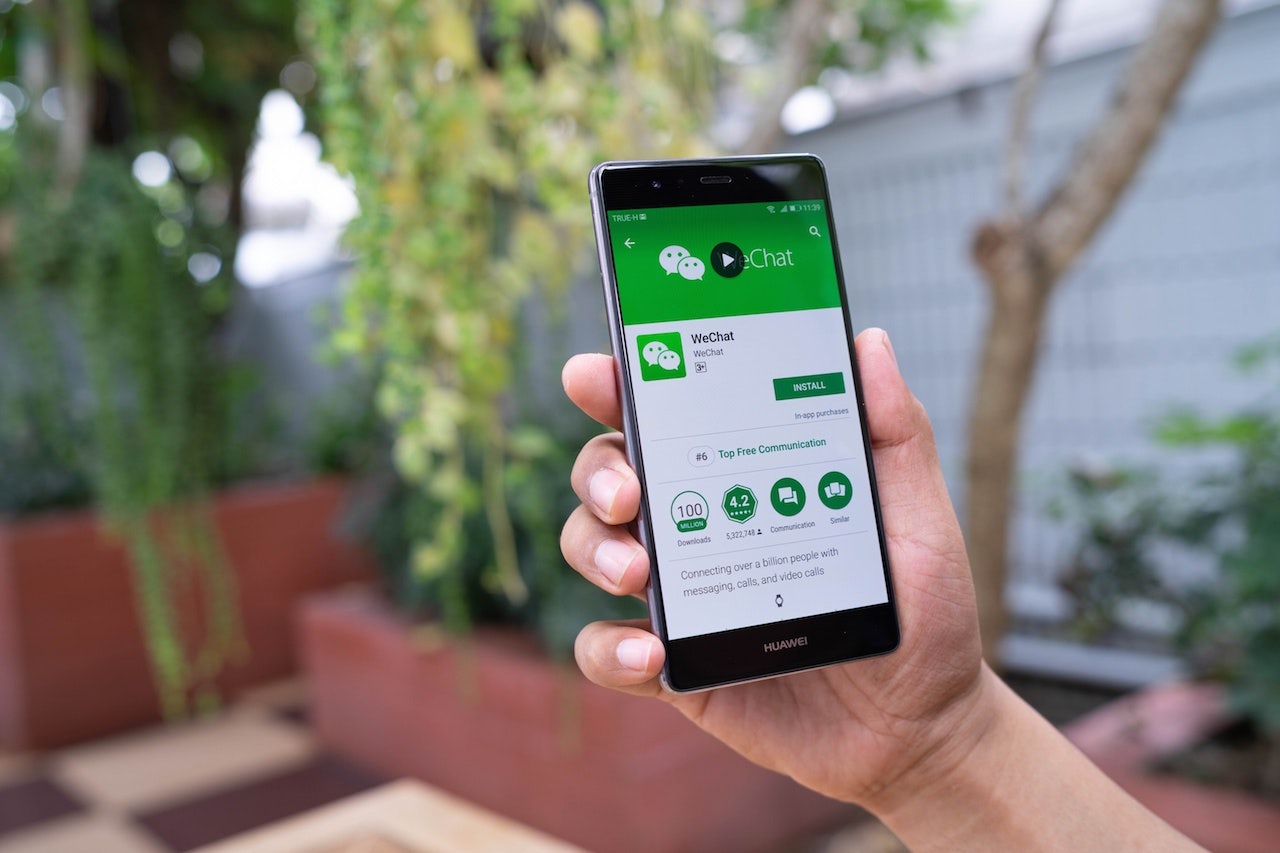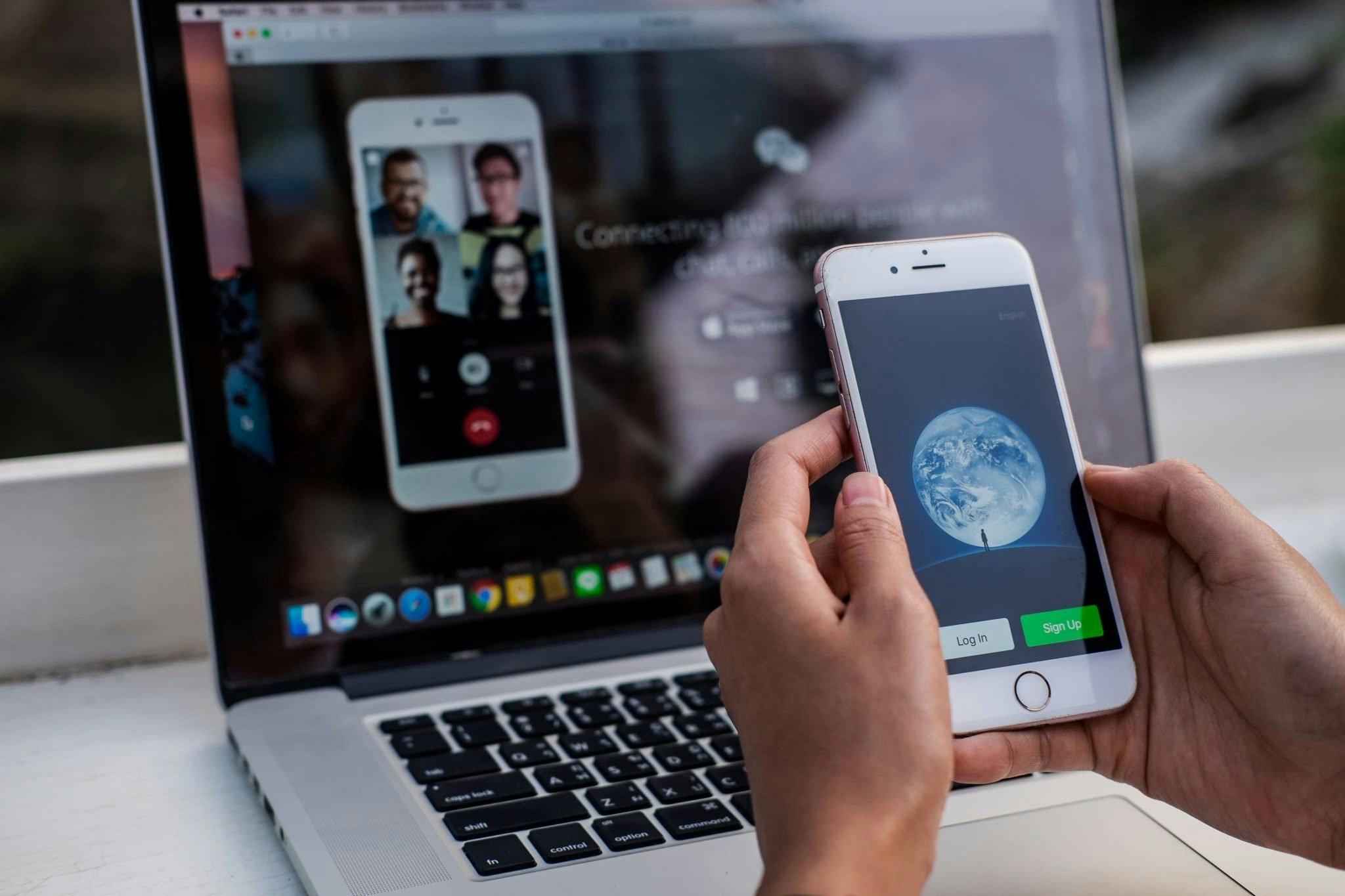Jason is a typical Chinese traveler—shopping for luxury goods is at the top of his to-do list on the road—but sometimes his experience has been stressful. When overseas sales staff didn’t understand his requests during a trip, he took to texting the brand’s WeChat account for help.
“Thanks for reaching our WeChat account, our service time is from 10 am to 7 pm, feel free to try again...” The real-time chat box did not provide the desired result, and it wasn’t until the next day that Jason received a message from a customer service representative named Yuki. Jason is not the only one to rely on brands’ official WeChat accounts. As more Chinese travelers shop in time zones across the globe, they demand a real-time answer from brands no matter where they are.
It’s quite common for businesses, from big corporations to small businesses or news media, to leverage Facebook chat to communicate with customers. But in China, where most Western social media is banned, WeChat is the answer. For as much as customers rely on WeChat for information, however, one-on-one customer service for 10 luxury brands that ranked top on digital fluency is sometimes unsatisfactory, based on our research. Here’s a glance at our results and takeaways:

Greeting with a purpose#
Within the WeChat chatbox for brand accounts are tabs at the bottom that serve as menus with options for customers to select, though customers seldom engage with the menu if they are not directed to do so. “On WeChat, followers won't talk to the account unless there is an issue,” said Jenny Chen, co-founder of WalktheChat. “Instead, the brand should give examples of what keywords followers could enter [in the greeting message] in order to receive answers.”
Most luxury brands we checked opt for a generic greeting message to inform users of the customer service times (as in Jason’s scenario). Gucci is a textbook example of “greeting with a purpose,” as it gives instructions to help the customer navigate their journey.
Gucci’s WeChat greeting message covers basic questions a customer may have, from the .cn site address and latest collections to care and repair information. It also encourages interaction; for example, if users text their location (e.g., Shanghai), they can access more information about nearby retail stores.
Similarly, Chinese jewelry conglomerate Chow Tai Fook lists services as options--e.g., A for the latest gold price, B for repair, C for online service--and encourages customers to text the relevant letter for more information.
Interact with a name#
Another highlight about Chow Tai Fook’s approach is that it’s deploying a personalized WeChat service account, which directs customers to follow a service account named “Bobby” (who is said to be the executive director of Chow Tai Fook) for customer complaints, consulting on jewelry knowledge, and industry news. In fact, WeChat allows verified official accounts to use up to 100 custom avatars and agent names when chatting with followers. Customers are assigned to an agent for each request, making it easier for brands to follow through and track progress on every interaction.
Not everything can be automated#
There are many ways to automate this kind of one-on-one interaction, whether it is utilizing chatbots or building custom auto-responses, though experts argue the human element is still essential.
“Some misconceptions are that you can automate everything, especially on the customer service end or clienteling,” said Jeff Fish, co-founder of WeChat agency TMG Worldwide. “In this case, we want automation to agent or sales associate handoff.”
Another thing to keep in mind is that interacting with a customer is not a zero-sum game, but a constant conversation. Chen commented: “Brands are not collecting the information based on the keywords users entered in WeChat.” She said, “Instead, users could be grouped based on the keywords they used.”
Chen provided an example in which her company helped a jewelry company attract hundreds of new followers by entering a keyword to receive a coupon. The brand may not have much information about those followers, but they sure know who to target for a similar campaign next time.
It’s through constant conversation, grouping and targeting that the clientele on WeChat starts to take shape, eventually leading to the campaign results brands want. The central task is to keep customers happy in this digital-first age, but it looks as though luxury brands still have a long way to go in China.


